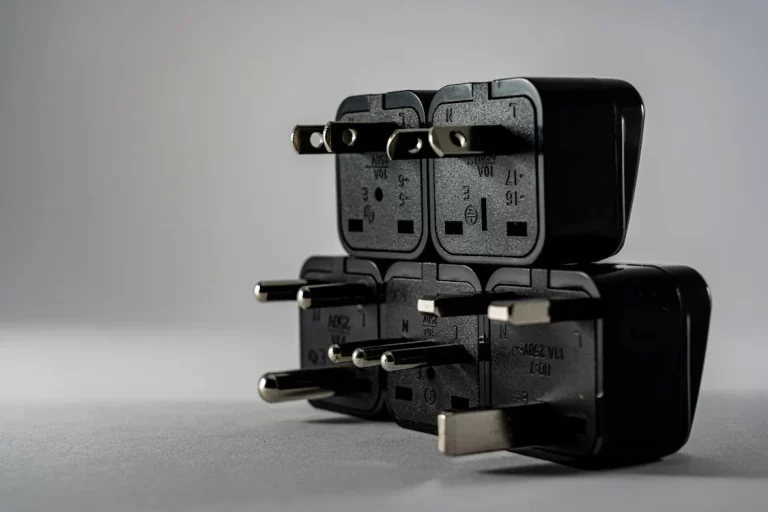What to do when you find that your Mac can’t boot up normally? Your first reaction may be that the computer is broken and needs to be sent for repair. Of course, this is normal. When the computer can’t boot up, we will think about sending it for repair. Whether you have a MacBook that can’t boot up or a MacBook Pro that can’t boot up, you can check some faults in advance to avoid sending it for repair.

Guide to What to Do When Your Mac Can’t Boot Up
Is the computer plugged in with a power cord?
This is the first point we check. Sometimes the charger is not plugged in, which will cause your computer to fail to boot up. Because the computer has no power, you need to plug in the charger to make the computer boot up. When you are sure that your computer is plugged in with a power cord, you also need to check whether the socket has power.
Have you restarted the computer?
This is the second point we checked. When there is a problem with the computer, restarting the computer can generally solve your problem. To restart, you can forcefully press the power button, wait a few seconds, and turn on the computer again.
Check the battery/charger
If you can’t boot up without a power cord, it is likely because your battery has no power storage function. You need to replace a new battery.
In addition to the battery, you also need to check your adapter. If the adapter cannot provide a charging function, you also need to replace it with a new one.
Other ways to do it when your Mac won’t turn on
Reset SMC:
The System Management Controller (SMC) manages power-related functions on your Mac.
For Intel Macs with non-removable batteries:
Press Shift + Control + Option on the left side of the keyboard, and then press the power button.
Hold for 10 seconds, release all keys, and then try to turn on your Mac.
For newer M1/M2 Macs:
SMC reset is integrated into the system restart. Turn off your Mac, wait 10 seconds, and then turn the power back on.
Start in Safe Mode
Sometimes software conflicts prevent your Mac from starting up properly. Safe Mode is designed to bypass unnecessary applications and extensions.
Shut down your Mac completely
Press the power button and immediately hold down the Shift key.
Release the Shift key after the login screen appears.
If your Mac starts in Safe Mode, it means that the problem may be caused by a third-party application or driver.
Disconnect external devices
Peripherals like USB drives, external monitors, and even a faulty mouse can sometimes prevent your Mac from booting up. Unplug everything except the charger and try turning it back on.
Try macOS Recovery Mode
If your Mac appears to be powered on but won’t fully boot up, a factory reset can restore your computer.
When all else fails
The above are some of our suggestions for self-checks. If they don’t solve your problem, you should send it to a professional for inspection, such as an official after-sales point.


